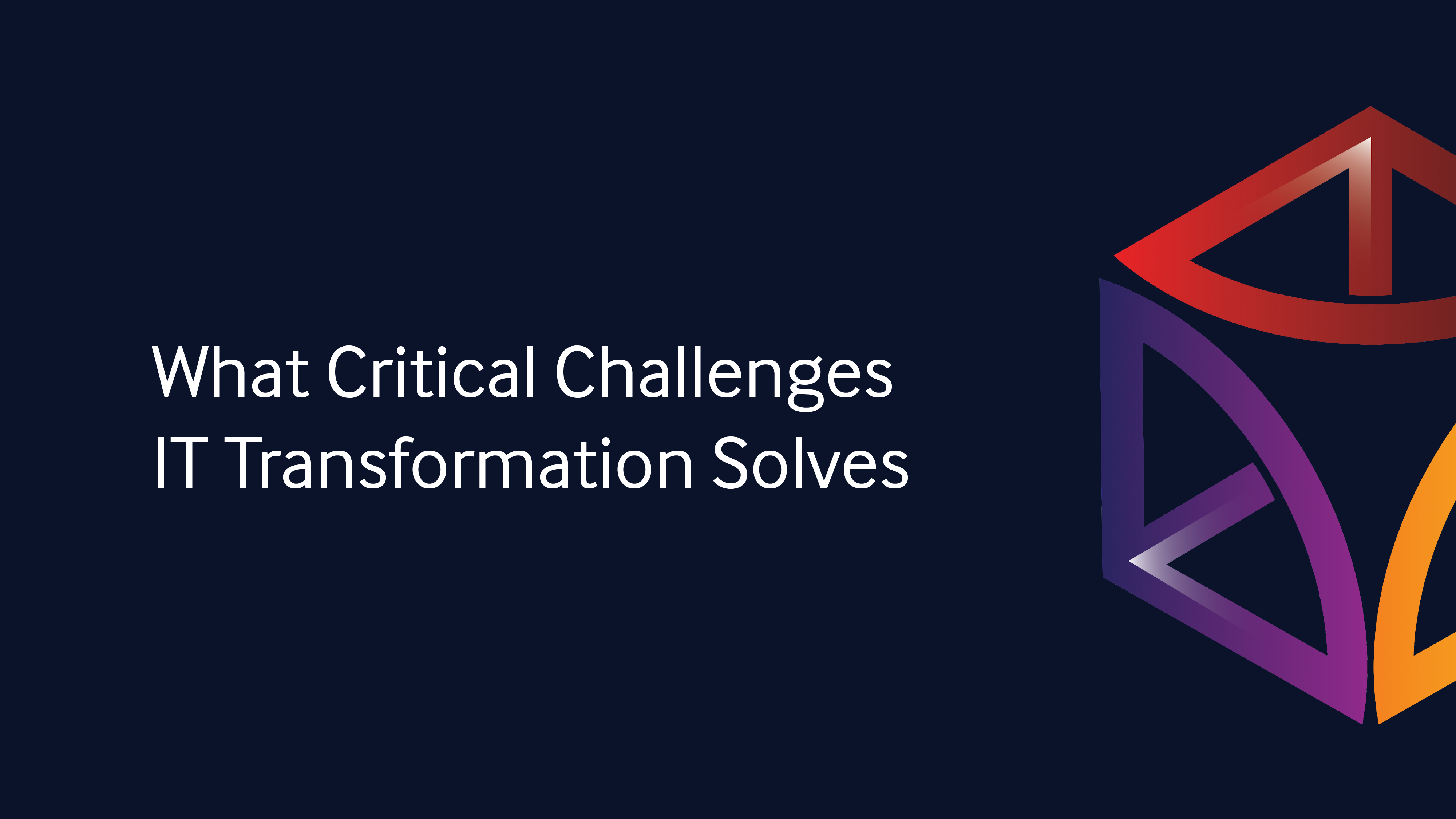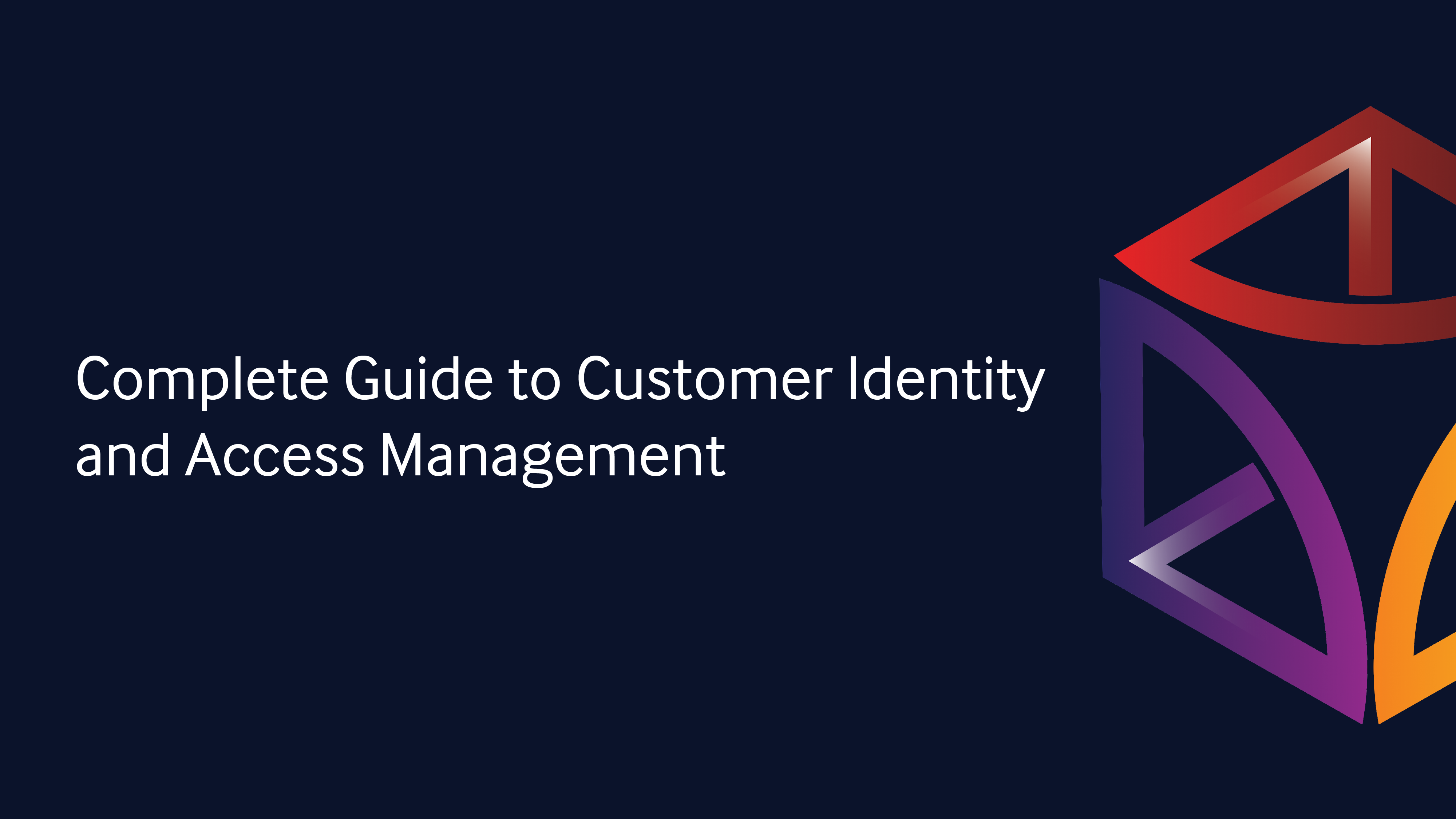

Elsa Petterson
Partner success manager @ Put It Forward
In the fast-paced world of business and technology, critical event management and actions are often the linchpin of success. Whether automating a new process, launching a new product, ensuring data security, or implementing a strategic decision, executives must ensure that these critical role events and tasks are executed effectively and efficiently.
Many enterprises are tasked to respond faster and more decisively to critical events but need more resources. They often use manual processes and disjointed systems and need help managing them efficiently and effectively.
A critical event does not necessarily equate to a significant breakdown. For some businesses - such as financial services firms and retailers - a website that performs milliseconds slower is a critical event. While each organization will define critical events differently, the aim is to minimize or even mitigate the impact.
Organizations often deal with critical events using manual processes and disjointed systems. As a result, they cannot efficiently and effectively manage these events. Organizations often grapple with too much data in an environment characterized by disjointed processes and information, making it extremely challenging to arrive at a basic understanding of an event. Complicating matters is that only some organizations excel at keeping track of their people and assets in transit. Think workers and equipment on the road and in transit.
Critical events have become increasingly disruptive facts for corporate life. A recent Forrester Report documented all the company's experience of critical events. Many dealt with multiple incidents, the average being more than four discrete critical events in the past two years. The critical events themselves can run the gambit: severe weather, intellectual/physical property theft, IT failure, cyber-attacks, and even slow-boil critical issues that, when left unattended, spiral into significant incidents. In action or poor preparation, costs remain steep, resulting in lost productivity, eroded corporate reputation, supply chain instability, and lower revenue. So what, then, are the most effective means of counteracting the critical event threat? All indications point towards an intelligent automation platform - the provenance of critical event management.

Establish Clear Objectives and Milestones
Before any critical event or action takes place, it is imperative to establish clear objectives and milestones. This provides a roadmap for what must be accomplished and ensures all team members understand the ultimate goals. IT and business executives should work closely with their teams to define measurable, time-bound objectives, which can serve as a benchmark for success. Information technology should also explore how critical event-driven management platforms can aid in establishing a framework for success.
The business environment is riddled with manual and time-consuming processes, preventing organizations from achieving optimal performance. However, digital tools and platforms offer organizations much-needed hope and a path forward in their quest for optimal performance that positively impacts - customers, employees, and shareholders. Utilizing the Put It Forward Intelligent Automation Platform integrated with tools like AWS, Azure, Oracle Cloud, Workday, ServiceNow, Workfront, Jira, or Salesforce can help ensure that critical events and actions are carried out efficiently. The platform enables executives and team members to monitor progress, assign tasks, and communicate effectively, thereby reducing the likelihood of misunderstandings or missed deadlines. With a powerful, low-code, easy-to-use workflow automation, the Intelligent Automation Platform advises if a critical event occurs. It saves time by automating key downstream and upstream processes - like having your critical event management software.
With the Put It Forward Intelligent Automation Platform connected to enterprise applications, each critical event or action will have a designated individual or team responsible for its execution. Having a single point of accountability ensures that someone is directly responsible for the success or failure of the task. IT and business executives should carefully select individuals with the necessary expertise and leadership skills to carry out these roles effectively.
In addition to assigning responsibility, the Intelligent Automation Platform can aid executives with reports, dashboards, and real-time analytics to help build and implement a robust monitoring system for continuous improvement. Regular check-ins, status reports, and key performance indicators (KPIs) tracked by the platform can help executives track progress and identify potential issues early on. This allows for quick course correction and ensures the event or action stays on track. It also ensures who should be notified if the event is off track and how downstream teams and processes need to be altered.
Power Up with Built-in Workflow Automation Software
Workflow automation made simple with the Put It Forward, No-code Intelligent Automation Platform is a powerful ally in ensuring the execution of critical events and actions. For example, workflow automation can streamline repetitive tasks and time-consuming manual processes, reducing the likelihood of human error. Additionally, integrating Intelligent Automation with project management tools like Jira, Workfront, Monday, Asana, and Trello, to name a few, can help with automating tasks, resource allocation, tracking, and billing, making it easier to manage complex tasks and projects across disparate task management systems. The easy-to-use low code tech and user interface enable all employees to build and execute cross-enterprise workflow automation using simple steps.
Despite the best-laid plans, unforeseen circumstances can sometimes disrupt critical events or actions. IT and business executives should develop contingency plans and management systems to address potential roadblocks and challenges. These plans outline alternative courses of action and resources that can be deployed if the original plan encounters obstacles.
A culture of accountability is essential for ensuring the execution of critical events and actions. Executives should lead by example and emphasize the importance of taking responsibility for one's tasks and commitments. When employees at all levels feel a sense of ownership for their work, they are more likely to ensure business processes are successfully executed.
How Intelligent Automation Can Help with Threshold Critical Events.
Clients use our Intelligent Automation Platform to manage critical events like order creation. One particular client processes 500 new orders every hour. At different times in the calendar year (seasonality), the typical 500 orders per hour drop to 250 orders per hour. This does not mean that the event is not functioning correctly; quite the opposite; however, key stakeholders across the enterprise should be notified of the decline to plan downstream activities better and educate other parts of the business. Without this type of alert, the downstream activities would have been planned for 500 orders an hour.
How Intelligent Automation Can Help With Billing & Invoicing.
In most enterprises, the invoicing and billing platforms require vital fields to be present to initiate the process. If those key fields are missing, an invoice will not be generated. With the Put it Forward Intelligent Automation Platform, business stakeholders can be notified immediately if a process or string in the process did not execute as planned and be remedied the first time rather than months or quarters in the future. If the system is not programmed to alert or notify critical stakeholders, essential fields are missing; thus, X number of customers from the invoicing process is missed. The downstream impact may be felt - an increase in AR and AP and a decrease in revenue recognition. Without proper notification, this can persist for a very long time.
Getting Critical Events Operationally Executed
Indeed, individual departments across the enterprise invest heavily in advanced technologies and undertake extensive planning cycles to anticipate and respond to likely critical threats (within their business unit). However, those efforts remain largely siloed when, in fact, a pre-planned, integrated response would prove to be a far more effective means for the enterprise as a whole to deal with a critical event.
Incident management siloing can be counterproductive in a business line or IT. Siloing not only hinders the eventual response - when the teams who lack a common operating framework are forced to work together - but also compromises the effectiveness of the critical events preparedness efforts, which rely on developing a complete threat picture across the enterprise. There are downstream consequences of not integrating critical event management, too, such as procurement redundancy management tools and the likelihood that existing tools will be implemented unevenly in pockets of the organization without a common approach.
Communication is Key
Effective communication is at the heart of ensuring that critical role events and actions are executed as planned. Executives should maintain open lines of communication with all relevant stakeholders. Regularly sharing updates, addressing concerns, and clarifying expectations help eliminate misunderstandings and keep everyone aligned with the overarching goals.
Continuous Learning and Improvement
After a critical event or action is executed, IT and business executives should conduct a post-event analysis to identify what worked well and what didn't. This retrospective analysis can provide valuable insights for future planning and execution. Organizations can adapt and grow based on their experiences by fostering a continuous learning and improvement culture.
Critical Event Management Use Cases
1. Critical issue and crisis management - record and share information about any issue or crisis with dashboards summarizing the situation, impact, response, etc.
2. Update logs - post updates on every issue or crisis to keep teams informed throughout the critical event lifecycle.
3. Action tracking - quickly and easily add issue actions as a simple checklist or assign each action and add more details.
4. Impact and trend indicators - monitor current and potential impacts and see at a glance if situations are improving or worsening.
5. Track duration and resolution times - monitor how long each issue has run and when it will be resolved.
6. Crisis management plans - quickly select from a series of pre-configured crisis management planning templates, or upload and enact your customized plans.
7. Reputation monitoring - monitor the conversation about your brand and the reputational impact of a critical issue or crisis. Track the volume of the sentiment behind and engagement with your social media posts alongside your crisis timeline, actions and updates.
Key Benefits of Intelligent Automation for Critical Event Management
- Reduced losses from business interruption
- Lowered costs from IT downtime
- Averted costs of lost employee productivity
- Global risk events situation awareness and their impact on the business
- Streamlined workflows - automate routine tasks, reducing response times and minimizing human error.
- Data-driven insights analyze historical event data to identify trends and patterns.
Key Takeaways
IT and business executives face the constant challenge of ensuring that critical events and actions are executed successfully.
By leveraging Put It Forward's Intelligent Automation Platform as a critical event management platform, executives can rest assured in today's fast-paced business environment, events that need to be executed and those that fail, the appropriate teams are notified immediately for adequate resolution, execution, staying competitive, and achieving strategic objectives.
Event-driven automation helps businesses monitor real-time events and create agile and efficient processes. Unlock a new level of operational excellence, customer experience, and business growth with a critical event management solution powered by an Intelligent Automation Platform.
Subscribe to our blog






























